KARACHI, April 27: The City District Government Karachi has so far not submitted any revised plan of the Karachi Elevated Expressway (KEE) to the Sindh Environmental Protection Agency (Sepa), which is considering its request for the issuance of an NOC for the project.
As estimated by the CDGK, the KEE, which is already being opposed by civil society, NGOs, professionals and conservationists because of its inefficiency, is likely to cost around $350 million. The amount has been promised by a Malaysian investor, whose engineers are already in the city.
Sources privy to the process of the Environmental Impact Assessment (EIA) of the project said on Friday that though the CDGK officials had responded to a number of questions raised by experts and other stakeholders during a public hearing on the EIA report held on April 3, it had still not submitted any revised drawings and details of alignment or structural design of the elevated expressway.
As per an earlier project plan, the KEE is to be an expressway with a total length of 25 kilometres, dual two-lane carriageway of overall width of 18.3 metres and elevation for vertical clearance of 5.4 metres minimum for vehicular traffic at surface. Its right-of-way (RoW) was originally supposed to be around 20 metres for two lengths.
The prime objective, as maintained by government officials, is to enhance the road capacity of the strategic corridor — Jinnah Bridge-Sharea Faisal-Jinnah Terminal-Quaidabad — and facilitate safe, secure and speedy travel from Karachi Port and CBD to the Airport,
Port Qasim, Steel Mills, Nat-ional Highway and Super Highway.
The comments on objections made in the EIA public hearing gave the impression that the CDGK has now decided not to acquire land from the Christian cemetery on Sharea Faisal and hotels and gymkhana on Club Road, as the KEE will be restricted to RoW of the road below the proposed elevated expressway.
Talking to Dawn, the Project Director of the Tameer-i-Karachi Programme, Rauf Farooqui, said on Friday that in fact the CDGK had now decided to relocate the alignment of KEE structure, as most of the parties seemed not ready to offer their land for the right-of-way of the KEE.
It has been decided to further reduce the width of the KEE’s lanes, carriage and curvature, while the columns of the expressway will be raised strictly on the existing median, islands or centre of the road in every section. The alignment will slightly be different from what had been proposed earlier, he clarified, saying that Sepa would also be provided with the revised plan and drawings of the KEE.
A Sepa official said that since the agency was in the process of setting up an expert committee to scrutinise the comments submitted to it, it would need the revised structural and alignment plan as well before issuance or denial of any NOC to CDGK.Some stakeholders said that it appeared that the CDGK was still not clear about the utility of the project.
It is also confused about the cost of the project, which is sure to be revised downwards after the decision to reduce the width and changes in the proposed alignment.




















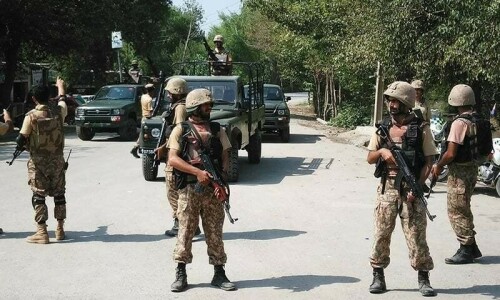

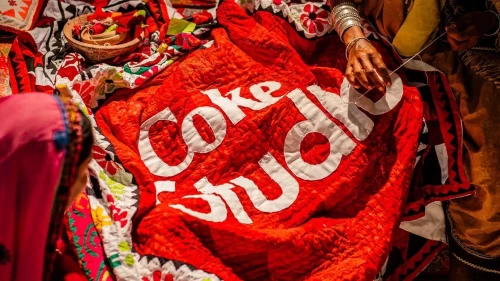





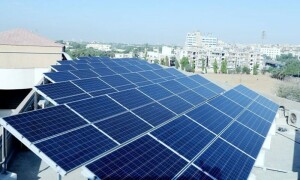

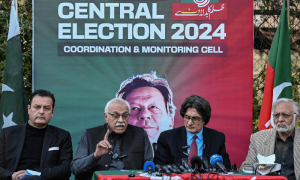




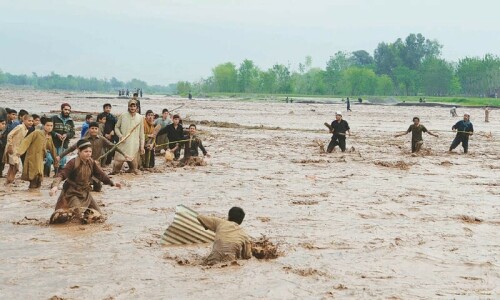
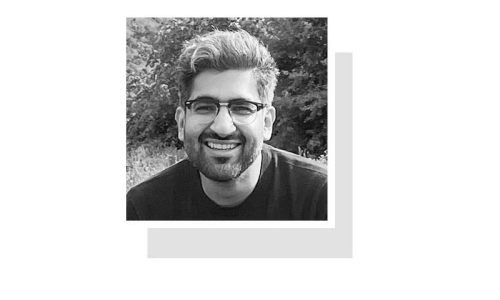
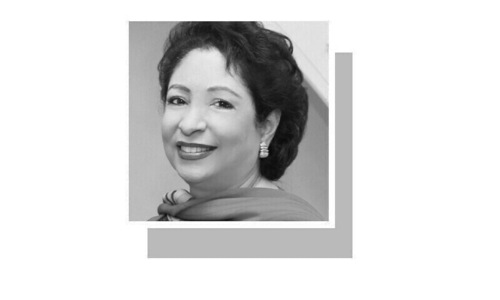


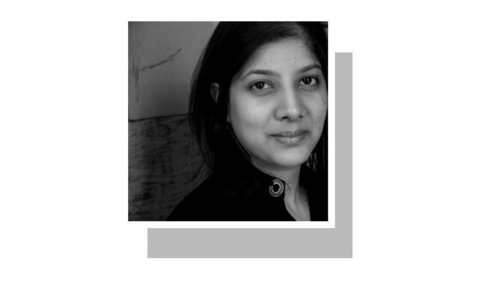




Dear visitor, the comments section is undergoing an overhaul and will return soon.